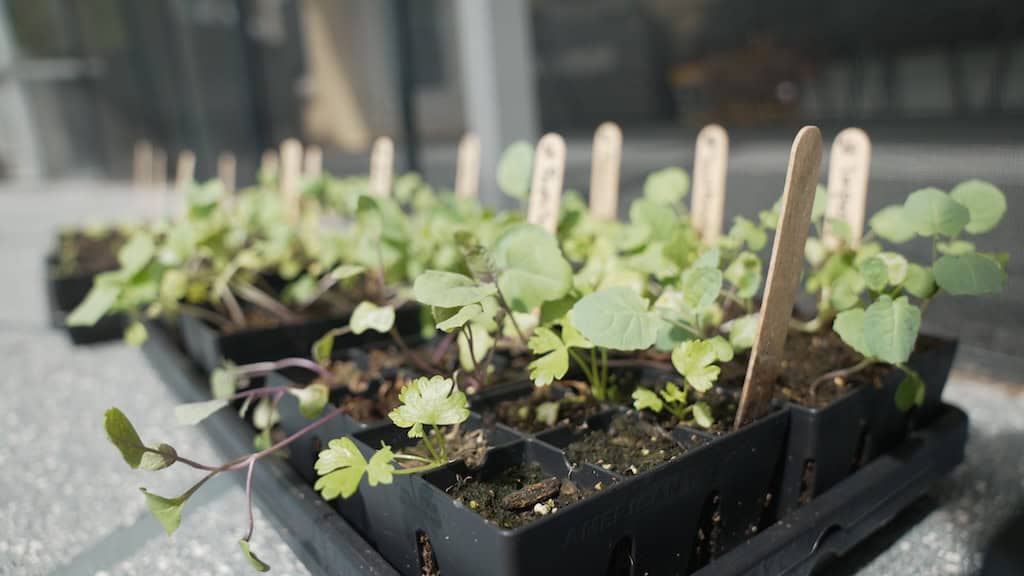Last Updated on February 29, 2024 by Homegrown Florida
This post may contain affiliate links. Read full disclosure here.
Today we’re diving into the world of composting, specifically, the intriguing realm of compost tumblers. If you’ve ever considered this seemingly odd contraption, you’re in for a treat! We’ll explore the pros, the cons, and I’ll share tips on how to kickstart your composting journey with a brand new tumbler. So, is a compost tumbler the right choice for you? Let’s find out!
Pros of Compost Tumblers
Animal Deterrent: Tumblers are less likely to attract critters compared to open piles. The elevation and enclosure keep unwanted visitors at bay.
Odor and Mess Control: The sealed design prevents unpleasant smells and contains potential messes. Ideal for those times when the green-to-brown ratio goes slightly off.
Improved Aeration: Tumblers provide better aeration than open piles. The spinning mechanism simplifies the aeration process, promoting faster composting.
Neat and Tidy: If you prefer an orderly garden, a tumbler keeps your composting process looking neat and tidy.

Cons of Compost Tumblers
Reduced Volume: Tumblers typically have a lower volume compared to open piles. The processing reduces the filled volume significantly, yielding less compost per round.
Temperature Limitations: Most tumblers don’t reach the temperatures required for hot composting. They rely on vermicomposting, utilizing bugs and worms, which might slow down the process.
Challenging Compost Removal: Emptying compost from a tumbler can be tricky due to its design. A tarp trick can help, but it’s not as straightforward as shoveling out a traditional pile.

Starting a New Compost Tumbler – Petrina’s Approach
Begin with Browns: Start with brown materials – dead or processed items like cardboard, paper, leaves, and wood chips. This provides a carbon-rich foundation.
Add Greens: Greens, high in nitrogen, are next. Kitchen scraps, grass clippings, coffee grounds, and garden waste contribute to the nitrogen aspect.
Maintaining the Ratio: Aim for a 3:1 ratio of Browns to Greens. My approach is flexible, continuously adding Greens until a slight smell occurs, then balancing it out with more Browns.
Turning the Tumbler: Regularly turn the tumbler, aiming for at least once a week. More turns speed up the composting process.
Determining Completion: I admit that knowing when compost is ready can be challenging. I wait until no distinguishable pieces are visible, indicating completion.
Using Compost as Mulch: To ensure that my compost is fully ready, I uses it as a mulch layer. Any undecomposed bits can continue breaking down while benefiting the soil.

Final Thoughts and Tips
Composting might involve some patience and effort, but the rewards for your garden are unparalleled. With a compost tumbler, you can enjoy the benefits of nutrient-rich compost while maintaining a tidy and organized garden space. Happy composting!
To purchase this same Compost Tumbler, use my affiliate link here. As an Amazon Associate I earn from qualifying purchases.




